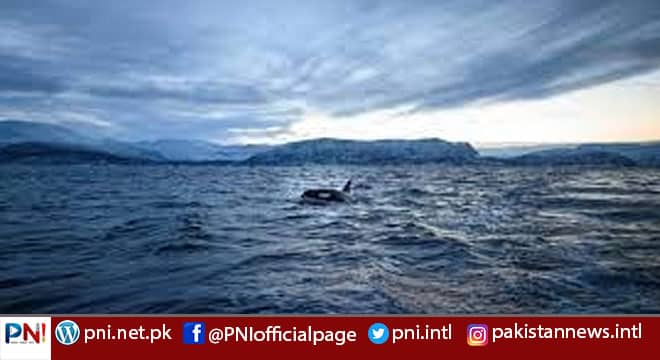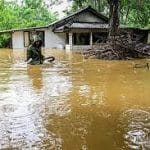Skjervoy, Norway, Dec 17 (AFP/APP):In the pale winter darkness of northern Norway, a huge flock of seagulls circles above an Arctic fjord, signifying the presence of a group of unusual predators in the water below.
With Arctic sea ice shrinking at record levels due to global warming, killer whales are expanding their hunting grounds further north and spending more time in polar waters, US scientists say.
But the giant mammals, also known as orcas and which are at the top of the food chain, risk creating an “ecological imbalance” in the Arctic by preying on endangered species, warned a University of Washington study this month.
When AFP visited the vast Skjervoy fjord in the Arctic Ocean, 70 to 80 killer whales could be seen gathering in family clans of about 10, including calves under a year old.
Increasingly frequent and northerly sightings suggest that the iconic black and white member of the dolphin family, whose males can grow up to eight metres (26 feet) long and weigh six tonnes, is learning to adapt to the newly melted waters of the Arctic Ocean.
“Through acoustic surveys, we have detected orcas in the Barents Sea in November between Svalbard and Franz Josef Land, so they are clearly following the edge of the ice,” Marie-Anne Blanchet of the Norwegian Polar Institute told AFP.
The killer whale, which with a global population estimated at 50,000 is found in almost all of the world’s seas, feeds on Arctic prey such as the beluga whale and, most likely, some species of seal, the specialist said.
Follow the PNI Facebook page for the latest news and updates.







